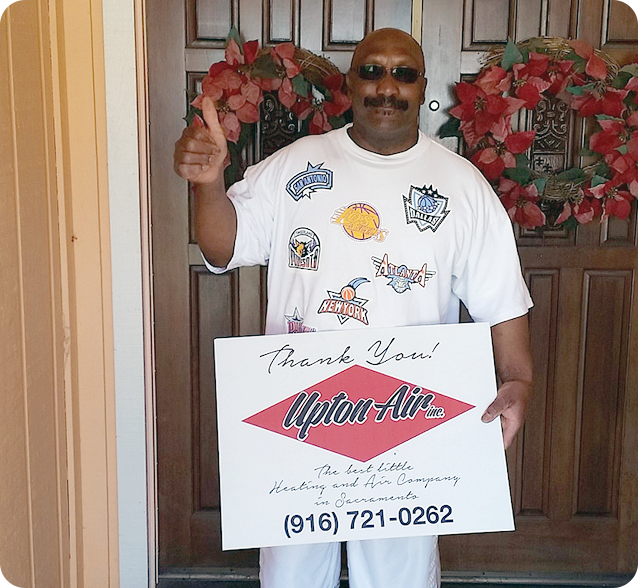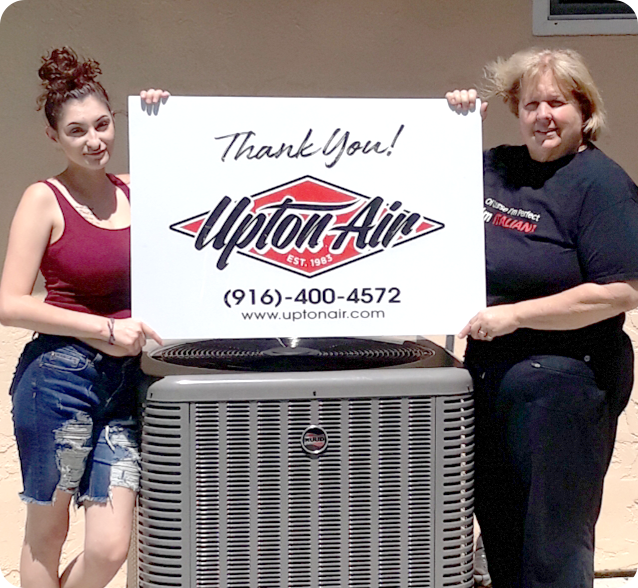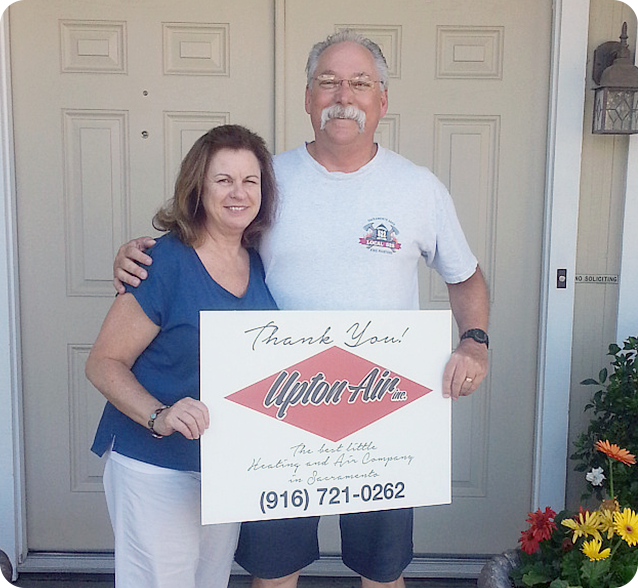A COMPANY you can trust
Quick, Friendly, and Honest Heating and Air Conditioning Services!
Experience fast, caring HVAC Service—because your comfort can’t wait!


HVAC REpair Services
Heating and Air Conditioning Repair
We offer transparent and flexible repair pricing options. Minor fixes are only $89 and you only pay for repairs that you approve! Our skilled techs are trained to work on all brands, including the heating and cooling brand that’s currently in your home. Upton's home services include:
-
Air Conditioning Repair
-
Furnace Repair
-
Heat Pump Repair
-
Mini Split Repair
See Recent HVAC Replacement Projects in Your Neighborhood
As systems get older, the expense of repairs and replacement parts can exceed the cost of buying a new, more energy-efficient, and environmentally friendly air conditioning system. If you're considering a heating and cooling replacement - Upton is the name you can trust. With reliable HVAC installation service in Lodi, CA and solid guarantees, we’re committed to your comfort, satisfaction and here to meet your needs.
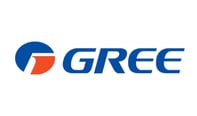

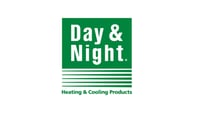


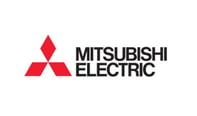
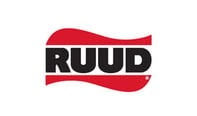
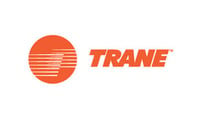
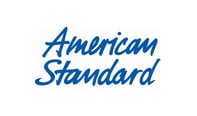
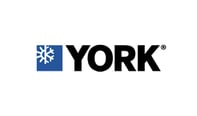
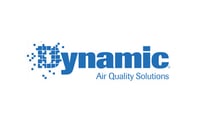
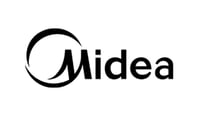
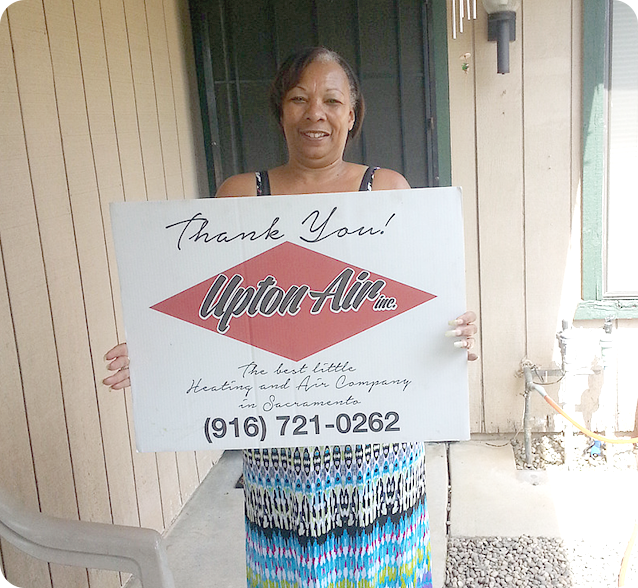
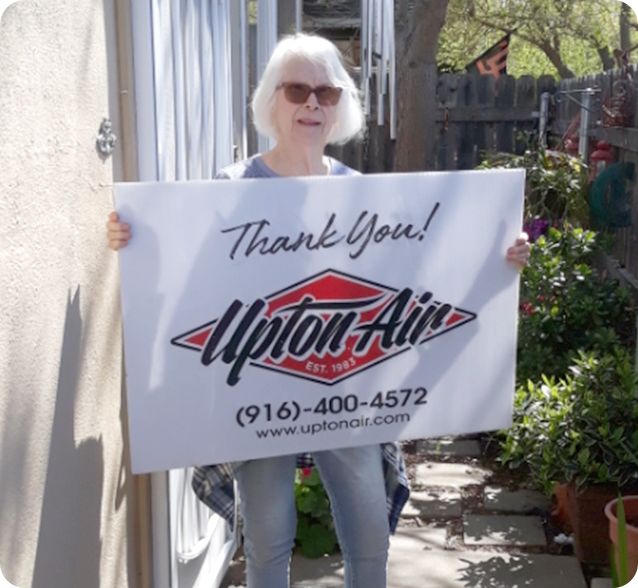
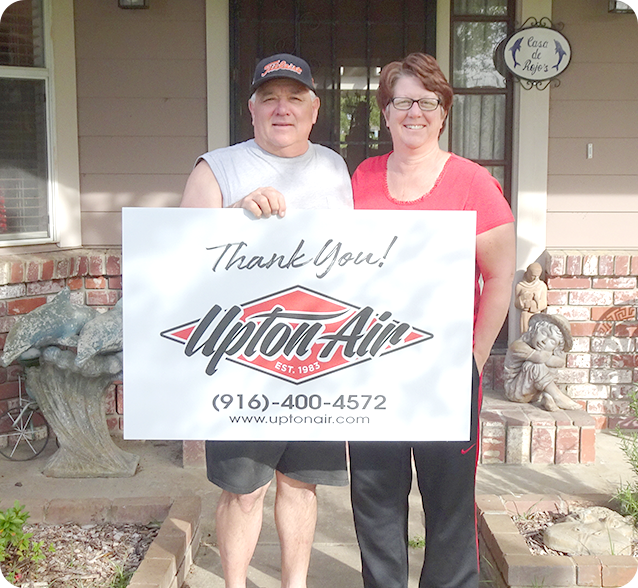
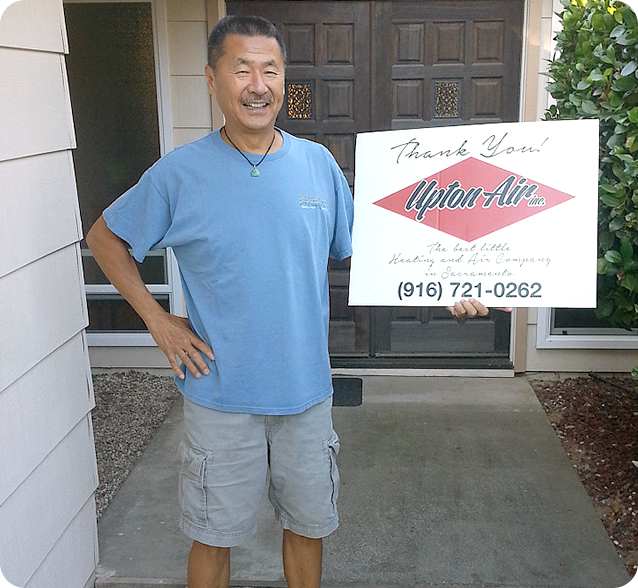
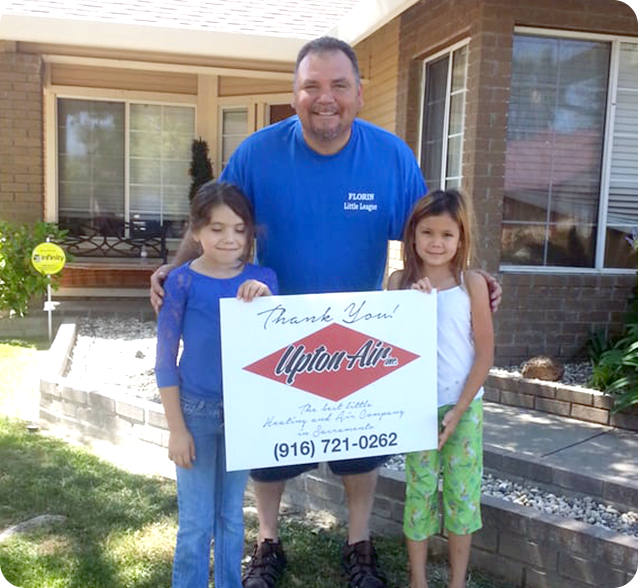
HVAC MAINTENANCE SERVICES
Furnace and Air Conditioning Annual Service
Customized HVAC maintenance plans that keep your home's heating and cooling system running efficiently year after year. Join the club or schedule seasonally - no commitment required!
-
Get 30% off HVAC repairs
-
Pay no dispatch fee*
-
Earn annual credit towards replacement
-
Free filter wash












